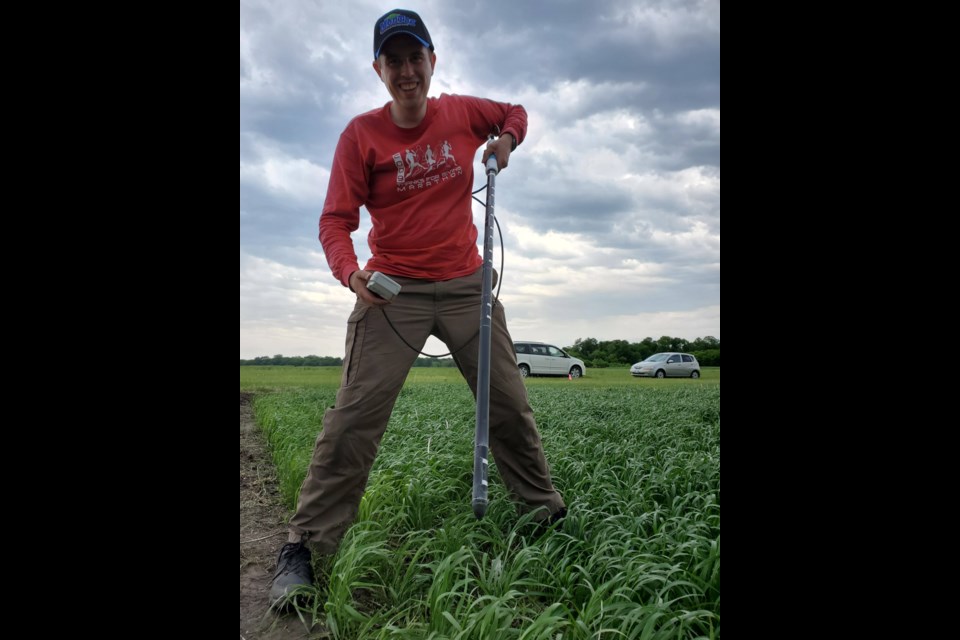Researchers at the University of Manitoba (UM) have shared the results from the 2020 Prairie Cover Crop Survey which capture a snapshot of the use and grower observations of this practice. The report suggests that cover crops are becoming established in the Prairies and can be grown in a wide range of locations and environments across Manitoba, Saskatchewan and Alberta. This production method holds the potential to build soil health and store carbon in soils.
Between October 2020 and April 2021, Dr. Yvonne Lawley and graduate student Callum Morrison from the Department of Plant Science at UM asked farmers questions about how their farm utilized cover crops in 2020, such as how cover crops were grown, their agronomy, the benefits and the problems farmers have experienced. Respondents were also asked about what could be done to support those using cover crops as well as questions to characterize farm types and size.
A cover crop is grown to cover the soil, at times when the soil would otherwise be left bare. This mimics natural ecosystems that have plants continuously covering the ground. “For this research we defined a cover crop as a crop that is planted primarily to provide soil health and other agronomic benefits.” Morrison stated.
Maintaining groundcover year-round provides greater protection from soil and wind erosion and provides food for soil microbes. Plants capture solar energy and fix carbon from the atmosphere that can be returned to the soil. The increase in soil organic matter alongside the presence of cover crop roots can increase soil structure and water infiltration.
Cover crops could play a role in increasing the profitability and resiliency of Prairie farms by increasing yield, nutrient cycling, and water use efficiency. Cover crops may also play a role in nutrient management by reducing fertilizer costs. Cover crops may also provide another ‘tool’ for tackling weed, pest, and disease pressures.
The survey revealed that 81% of farms that responded have observed at least one benefit from growing cover crops, with the most reporting improved soil health. Most farms identified that they had observed benefits within three years of growing cover crops.
Survey responses indicate that financial incentives may be effective in encouraging the use of cover crops. These incentives could include payments for storing carbon, tax credits for planting cover crops and payments from conservation groups. Greater access to information, more scientific research, and technical assistance was also identified as a need to increasing cover crop adoption on the Prairies.




